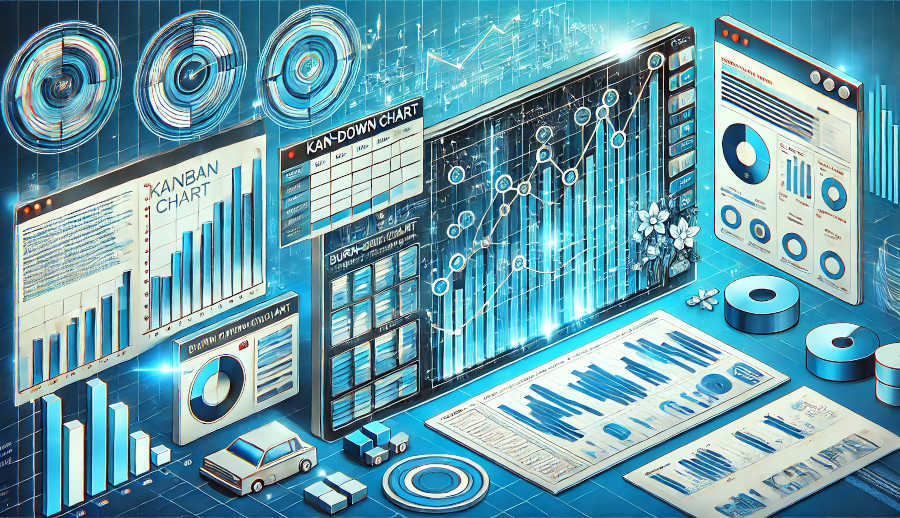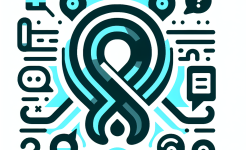Understanding the IPD Project Flowchart
The IPD project flowchart is a visual representation of the entire product development lifecycle, from concept generation to product launch. It outlines the key stages, activities, and decision points involved in bringing a product to market. Understanding this flowchart is crucial for all team members as it provides a shared understanding of the overall process.
At the beginning of the product development journey, the flowchart typically starts with the identification of market opportunities and customer needs. This stage involves market research, competitor analysis, and gathering feedback from various stakeholders. By clearly defining the problem or opportunity, the team can align their efforts towards developing a solution that meets the market's requirements.
Moving on to the concept development phase, the flowchart guides the team in generating and evaluating different product concepts. This includes brainstorming sessions, prototyping, and conducting feasibility studies. The flowchart helps in ensuring that all relevant ideas are explored and that the most promising concepts are selected for further development.
Establishing Clear Roles and Responsibilities
One of the key benefits of using the IPD project flowchart is that it allows for the clear definition of roles and responsibilities within the team. Each stage of the flowchart requires specific skills and expertise, and by assigning tasks to the appropriate team members, the workflow can be streamlined.
For example, during the design phase, the flowchart may indicate that the engineering team is responsible for developing the technical specifications, while the industrial design team focuses on the product's aesthetics. By clearly defining these roles, there is less room for confusion and duplication of efforts.
Moreover, the flowchart can also help in setting up communication channels between different team members. For instance, it can specify who needs to be informed about certain decisions or milestones. This ensures that everyone is kept in the loop and that information flows smoothly across the team, promoting better collaboration.
Facilitating Communication and Coordination
Effective communication and coordination are essential for successful team collaboration, and the IPD project flowchart can play a significant role in achieving this. It serves as a common reference point for all team members, enabling them to understand where they fit into the overall process and how their work impacts others.

In the early stages of the project, the flowchart can be used to conduct kick-off meetings where the entire team reviews the process and their respective roles. This helps in building a sense of unity and shared purpose. As the project progresses, the flowchart can be used during regular team meetings to track progress, discuss any issues or bottlenecks, and make necessary adjustments.
Furthermore, the flowchart can also be used to communicate with external stakeholders, such as suppliers or customers. By sharing the flowchart, they can gain an understanding of the product development timeline and expectations, which can lead to better partnerships and smoother project execution.
Identifying and Resolving Bottlenecks
Another advantage of using the IPD project flowchart is that it makes it easier to identify and resolve bottlenecks in the product development process. By visually mapping out the workflow, it becomes clear where delays or inefficiencies may occur.
For example, if a particular stage of the flowchart is taking longer than expected, the team can analyze the reasons behind it. It could be due to a lack of resources, unclear requirements, or dependencies on other tasks. Once the root cause is identified, appropriate actions can be taken to address the issue.
The flowchart can also help in prioritizing tasks and allocating resources effectively. By understanding the critical path of the project, the team can focus their efforts on the most important tasks and ensure that resources are allocated accordingly. This helps in keeping the project on track and meeting deadlines.
Continuous Improvement
The IPD project flowchart is not a static document but rather a tool for continuous improvement. After each project, the team can review the flowchart and identify areas where the process can be optimized.
This could involve streamlining certain activities, eliminating unnecessary steps, or improving the communication channels. By making these improvements, the team can enhance their collaboration efficiency in future projects.
Moreover, the flowchart can also be used to capture lessons learned from each project. This knowledge can be shared within the team and used to train new team members, ensuring that the best practices are passed on and the overall capabilities of the team are enhanced.
In conclusion, the IPD project flowchart is an invaluable asset for improving team collaboration efficiency. By understanding the flowchart, establishing clear roles and responsibilities, facilitating communication and coordination, identifying and resolving bottlenecks, and promoting continuous improvement, teams can work together more effectively and deliver high-quality products in a timely manner. It provides a structured framework that enables all team members to contribute to the success of the project, ultimately leading to better business outcomes. As organizations continue to face increasing competition and the need for faster product development cycles, leveraging the power of the IPD project flowchart can give them a significant competitive edge. It is not just a tool for managing projects but also a means of fostering a culture of collaboration and innovation within the team. By embracing the principles and practices associated with the IPD project flowchart, teams can transform the way they work and achieve greater levels of success in product development.
ARTICLE TITLE :How to use the IPD project flowchart to improve team collaboration efficiency ,AUTHOR :ITpmlib

















